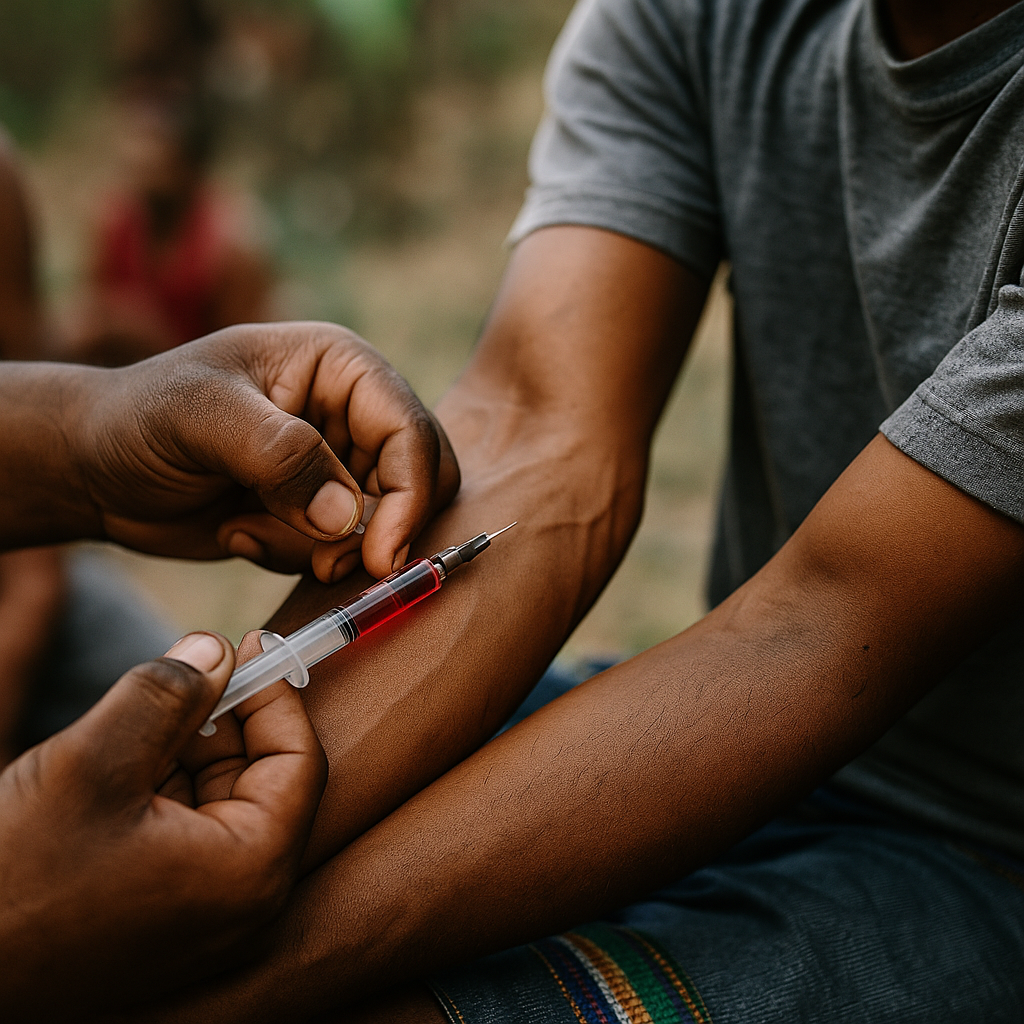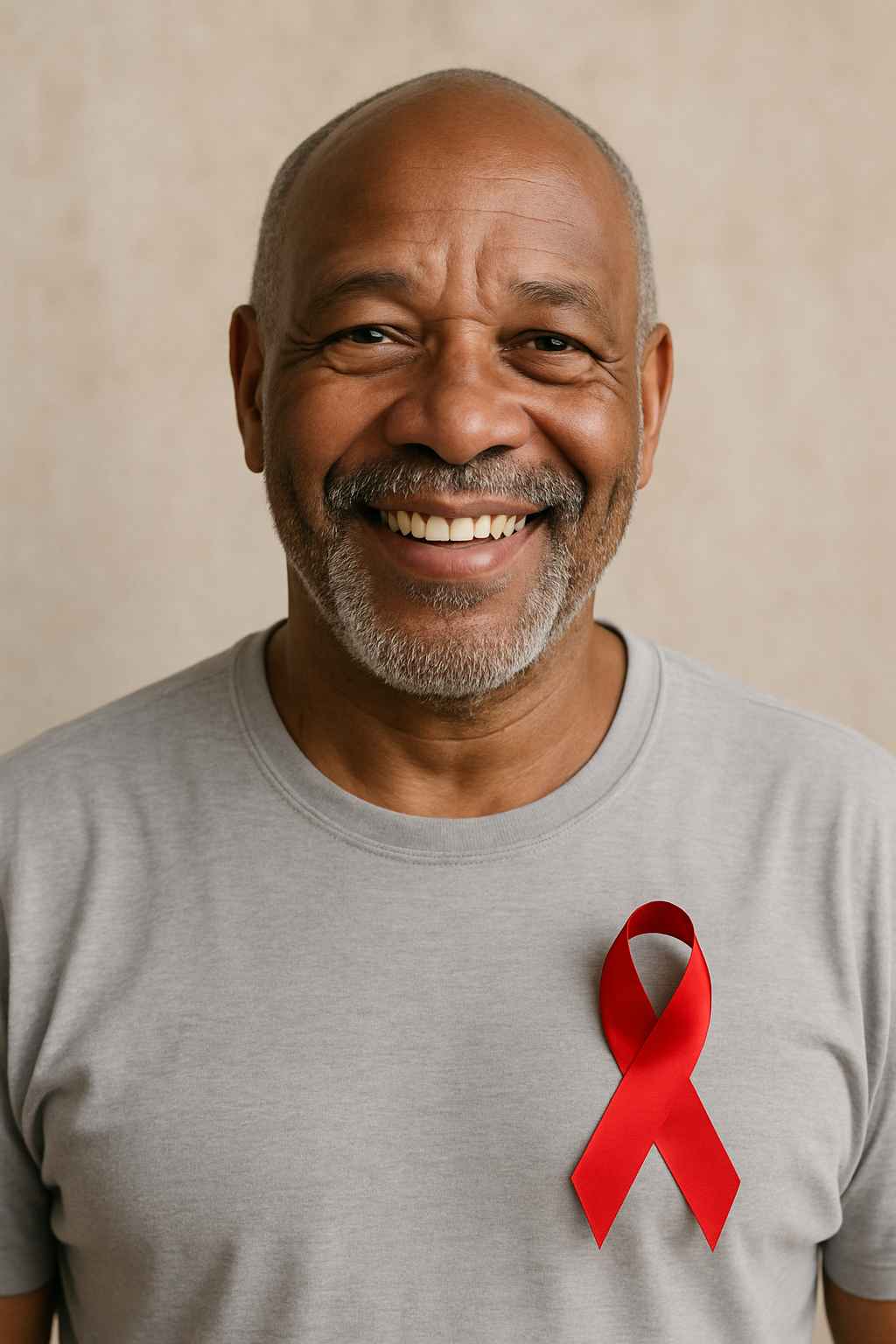
What if everything you thought you knew about HIV is outdated? As of 2025, science has made significant strides in diagnosis, treatment, and prevention. Yet, misinformation still lingers, and stigma continues to shadow those affected. Whether you’re newly diagnosed, supporting someone with HIV, or simply looking to stay informed, it’s more important than ever to revisit the HIV basics through a modern lens.
This guide covers what HIV is, how it’s transmitted, current treatment options, and the advancements that are shaping how we live with—and fight—HIV today.
Table of Contents
- What is HIV and How Is It Transmitted?
- HIV Prevention Strategies in 2025
- Treatment Options and Advances
- Living with HIV: Outlook and Support
- Final Thoughts
- FAQs
What is HIV and How Is It Transmitted?
HIV, or human immunodeficiency virus, is a virus that attacks the body’s immune system, specifically the CD4 cells (T cells), which help fight infections. If left untreated, HIV can lead to AIDS (acquired immunodeficiency syndrome), the most advanced stage of the infection.
In 2025, the virus is still most commonly transmitted through unprotected sex, sharing needles, and from mother to child during childbirth or breastfeeding. However, thanks to increased public awareness, routine testing, and expanded access to preventive tools, new infections have continued to decline globally.
It’s important to understand that HIV cannot be transmitted through casual contact. Sharing a drink, hugging, or using the same restroom poses no risk. Despite this, many individuals still face social stigma, which can discourage testing and open dialogue.
Moreover, early detection remains a cornerstone of effective treatment. HIV testing is now more accessible, with options ranging from self-test kits to rapid tests at clinics and pharmacies. Some results are available in as little as 20 minutes.
For detailed patient support forums and personal experiences, visit Health.HealingWell.com.
HIV Prevention Strategies in 2025
Modern HIV prevention is centered on education, medication, and access. And while condoms remain highly effective, pharmaceutical tools have changed the landscape dramatically.
PrEP and PEP
Pre-exposure prophylaxis (PrEP) is a medication regimen that helps HIV-negative individuals prevent infection. In 2025, PrEP options include daily pills like Descovy and Truvada, as well as long-acting injectables like Apretude, which is administered every two months.
Post-exposure prophylaxis (PEP), on the other hand, must be started within 72 hours after a potential exposure and taken for 28 days. It’s used in emergency situations, such as after a condom breaks or following sexual assault.
Both methods are highly effective when taken as prescribed. Their growing availability and affordability have been critical in reducing HIV transmission across high-risk populations, including men who have sex with men (MSM), people who inject drugs, and those in serodiscordant relationships.
U=U and Safe Practices
One of the most game-changing developments in HIV education is the U=U message: Undetectable = Untransmittable. Individuals who adhere to treatment and maintain an undetectable viral load cannot pass HIV to their sexual partners. This fact not only saves lives but also chips away at decades of unnecessary fear.
Harm-reduction programs, syringe exchange services, and sex education tailored to cultural and community needs also play a critical role. Combined, these measures continue to reshape the prevention narrative in a way that empowers rather than stigmatizes.
Treatment Options and Advances
HIV is no longer a death sentence. With consistent treatment, people with HIV can live long, healthy lives. In fact, many now enjoy a near-normal life expectancy, particularly if treatment begins early.
Antiretroviral Therapy (ART)
The cornerstone of HIV treatment is antiretroviral therapy (ART), which suppresses the virus to undetectable levels. In 2025, ART is more refined, with fewer side effects and easier dosing. Once-daily regimens like Biktarvy and Dovato remain popular, while injectable treatments like Cabenuva offer a convenient monthly or bi-monthly option.
These regimens are typically combinations of medications that target different stages of the virus’s life cycle. Maintaining adherence is essential, as skipping doses can lead to drug resistance and treatment failure.
Personalized Medicine and Cure Research
Researchers are also exploring personalized treatment strategies based on genetics, lifestyle, and co-existing conditions. Though a universal cure remains elusive, advances in gene editing (such as CRISPR) and stem cell therapy have shown promise in clinical trials.
Additionally, efforts toward a functional cure—where the virus remains in the body but is permanently controlled without medication—are progressing. This evolving frontier keeps hope alive for future generations.
For personalized HIV care or to consult with an HIV specialist, visit Healthcare.pro.
Living with HIV: Outlook and Support
Managing HIV in 2025 means more than just taking medication. It involves mental wellness, stigma reduction, and access to community support.
Emotional Health and Community Resources
Mental health challenges such as depression, anxiety, and trauma are common among people living with HIV. Fortunately, integrated care models now include mental health services alongside primary HIV care. Support groups—both online and in person—are vital spaces for sharing experiences, reducing isolation, and building resilience.
Additionally, stigma remains a barrier to care. Many people living with HIV still fear judgment or discrimination in healthcare, workplaces, or relationships. Education and advocacy are essential tools in reversing harmful stereotypes and encouraging empathy.
Health Maintenance and Co-Conditions
People with HIV are also at higher risk for other health issues like cardiovascular disease, kidney problems, and certain cancers. Regular screenings and preventative care are critical to maintaining long-term wellness. Clinics now offer comprehensive services that address HIV alongside other chronic conditions.
And with better integration of electronic health records and telemedicine, it’s easier than ever to track treatment, communicate with providers, and manage one’s overall health.
Final Thoughts
Understanding HIV basics in 2025 is about more than memorizing facts—it’s about empowering individuals to take control of their health, protect others, and reduce stigma. With advanced prevention tools, effective treatments, and growing community support, the future for those living with or affected by HIV is brighter than ever.
Whether you’re navigating a new diagnosis or supporting a loved one, remember that knowledge, compassion, and connection are your greatest tools.
For more articles on HIV awareness, prevention, and support, visit Health.HealingWell.com and AIDS.org.
FAQs
What are the most important HIV basics in 2025?
They include understanding transmission routes, modern prevention options like PrEP, treatment advancements like injectables, and the U=U message.
Is HIV still a serious health threat in 2025?
Yes, but with early diagnosis and consistent treatment, it can be managed effectively, and people with HIV can live long, healthy lives.
What are the latest HIV treatment options?
Current options include daily pills like Biktarvy and Dovato, and long-acting injectables like Cabenuva. Research into functional cures is also ongoing.
Can people with HIV live a normal life in 2025?
Absolutely. With proper care and support, individuals can maintain physical, emotional, and social well-being over the long term.
Where can I find support after an HIV diagnosis?
Trusted resources like health.healingwell.com and healthcare.pro offer forums, expert advice, and personalized care options for those newly diagnosed.
Disclaimer:
This content is not medical advice. For any health issues, always consult a healthcare professional. In an emergency, call 911 or your local emergency services.



